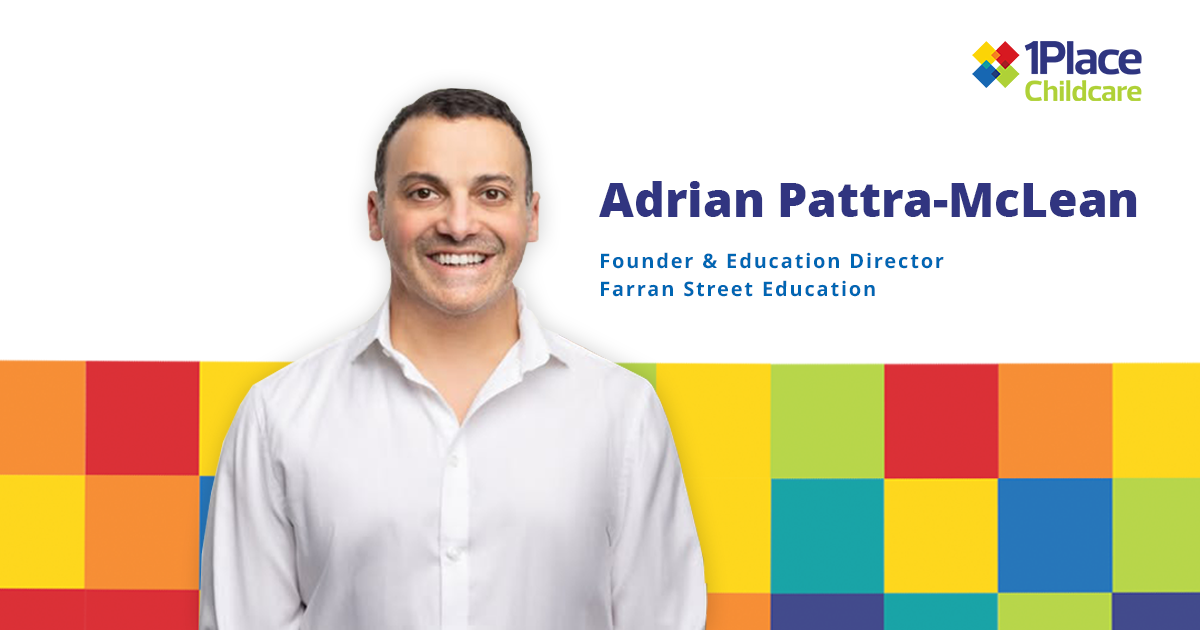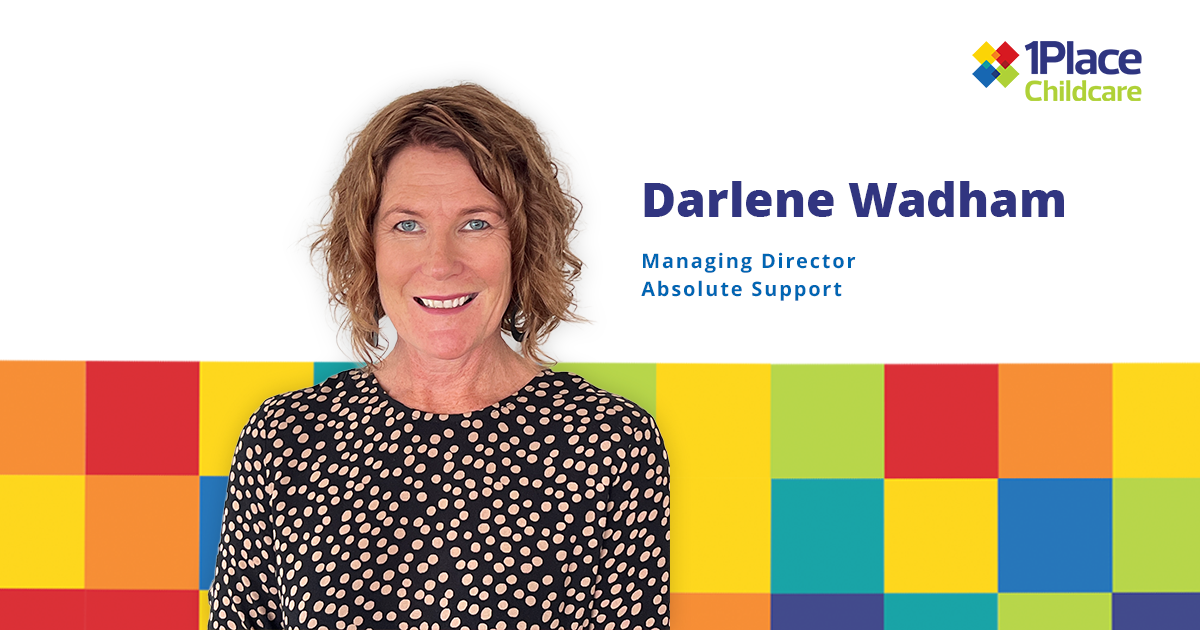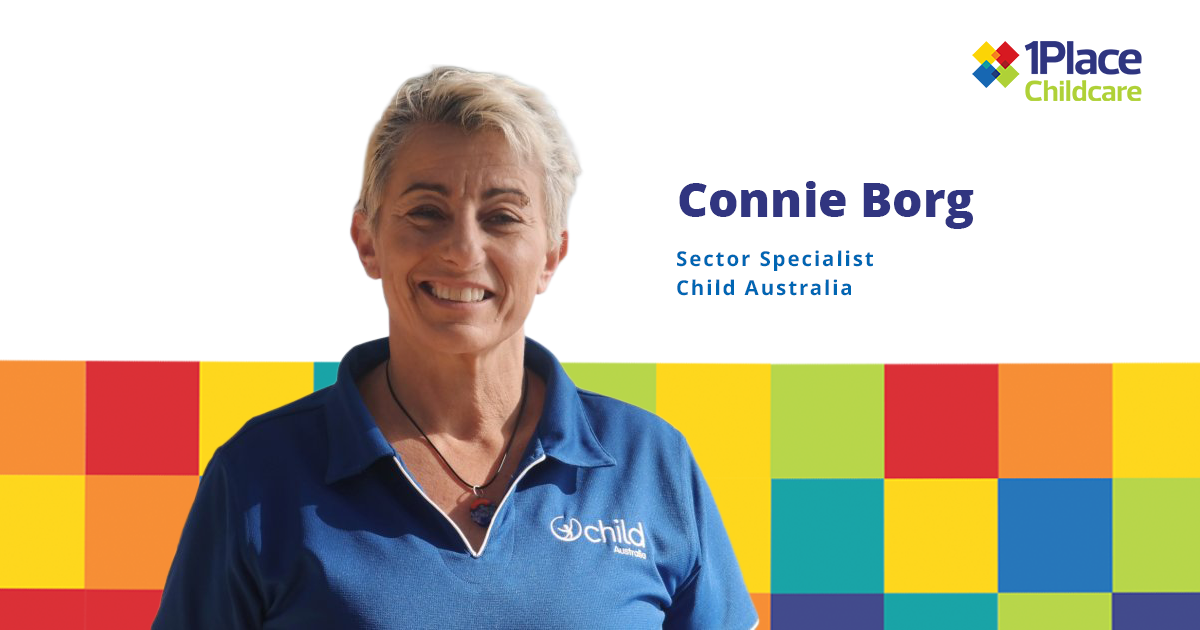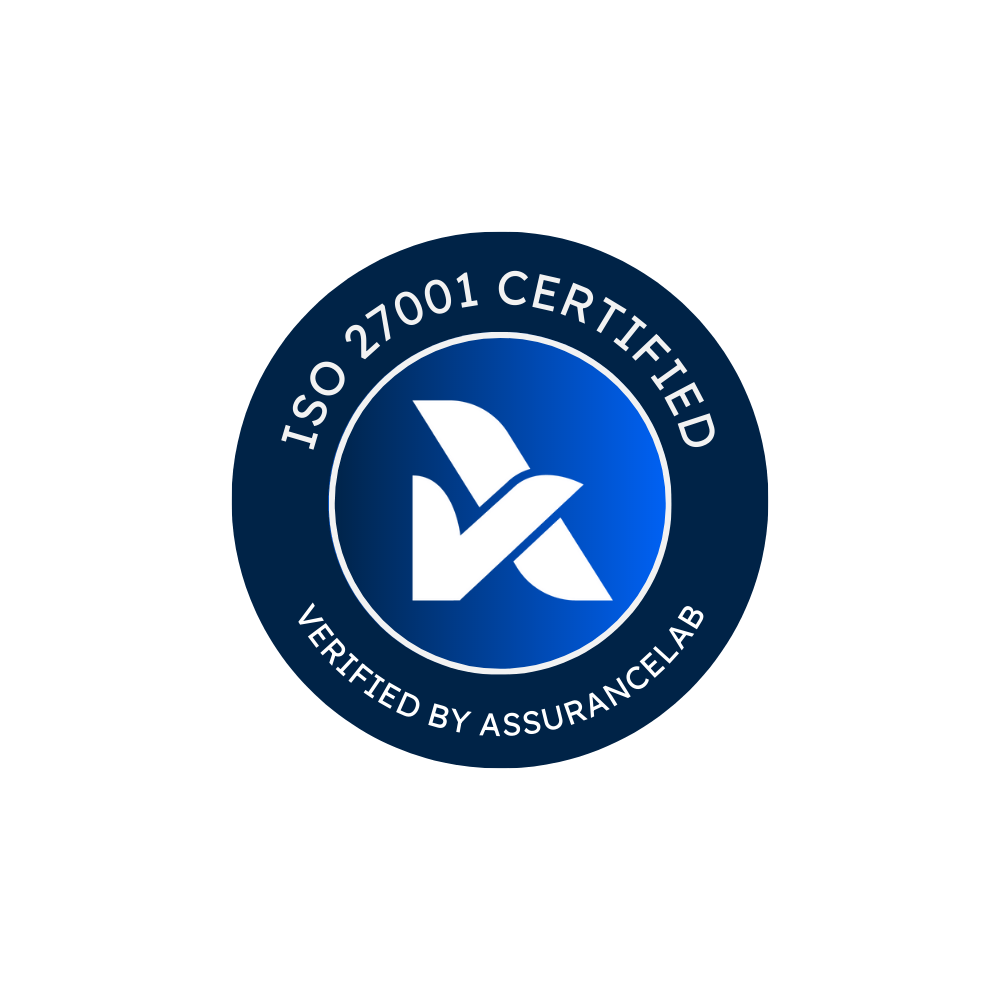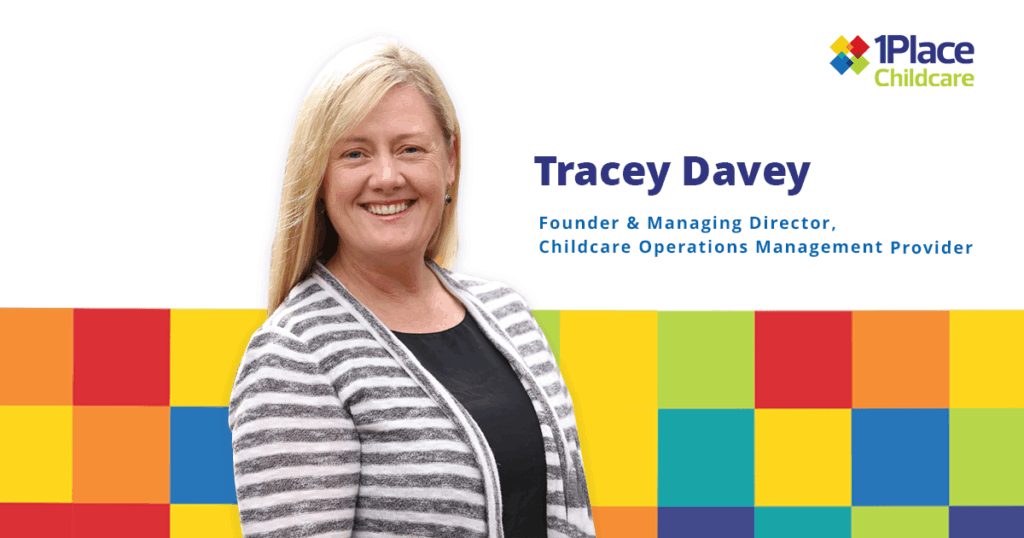
We recently sat down with Tracey Davey, an early childhood consultant with over 30 years in education and Director at CCOMP (Childcare Operations Management Provider), to discuss the challenges services face with risk management and how she’s helping transform the sector’s approach through innovative solutions.
Tracey, can you tell us a little bit about yourself?
I grew up in Seymour, a small town in rural Victoria. Seymour is known for its railway and military heritage and the natural beauty of the Goulburn River. Life there offered a blend of rural tranquillity and access to urban opportunities. Growing up, I watched people work incredibly hard, and my parents had high expectations for us to achieve our full potential. That experience shaped my strong sense of capability and determination. Coming from a small rural town, I was eager to broaden my horizons, so after university I set out to explore the world.
I began my career as a primary teacher in the UK and then returned to rural Victoria to teach for ten years in both Government and Catholic Schools. I then transitioned into secondary education for another decade before coming full circle back to the early years sector. For the past ten years, I’ve worked as a consultant and VIT-trained mentor teacher, supporting educators while staying closely connected to classroom practice.
What continues to inspire me most are the children themselves. They are so smart, honest, and joyful—and working with them remains the best part of the job. Their energy and curiosity are what keep me passionate about education and excited to come to work every day.
You recently told us about an approved provider being asked about their risk management plan. Can you share that situation?
Most approved providers, centre directors, and staff understand that risk management plans play a vital role in reducing risks within services. The challenge is that everyone is so time poor.
What I often see when visiting different services is people turning to the internet to find blank risk assessment templates. There are countless versions of those available — but they rarely capture the unique risk factors of a specific service. Each service has its own context, and the way risks are identified and managed must be thought through carefully.
That’s what prompted me to build a comprehensive bank of risk assessments. They provide a strong starting point by covering common risks, while also being flexible enough to tailor and adapt to the unique needs of each service.
Recognising this need across the sector, I developed a dedicated risk assessment section within 1Place. As new requirements arise from regulations — or when I see a commonly overlooked risk area — I continue to expand the content so services always have access to relevant, practical tools.
Are there organisational risk assessments similar to what NSW Office of Children’s Guardian uses in Victoria?
Yes, Victoria has equivalent frameworks, particularly around the Child Safe Standards and the regulatory oversight by QARD, plus the SAFER framework in child protection. They serve many of the same goals as NSW’s Office of the Children’s Guardian’s risk assessments, though with some differences in scope, power, or detail.
With the risk assessments I’m focusing on, sometimes there are standard ones like safe sleep and rest, child safe risk assessments, but we also have a reporting function in 1Place where staff can report disclosures, concerns, allegations, complaints, or notifiable incidents.
What I’m finding is that when Educators report, part of the debriefing process involves thinking about reducing risk in the future. A lot of new risk assessments come from those incidents.
So it’s ongoing amendment – a moving part?
Exactly — it’s very much a “living” process, not a static document. The key idea is that risk assessments aren’t a one‑off box‑ticking exercise. They need to be continually reviewed and updated as the environment, staff, children, or activities change.
By taking a proactive approach, you:
- Identify potential risks before they occur.
- Implement strategies to prevent or reduce harm.
- Make it easier to respond quickly and effectively if something does happen.
- Build a culture where everyone is aware, responsible, and engaged in safety.
Think of it as a dynamic map of possible hazards — you update it as new paths appear, obstacles move, or people change roles. That way, you’re always looking ahead, not just reacting.
Beyond tools, what challenges do services face with risk management?
Beyond having tools and templates, the biggest challenge services face in risk management is creating a culture where everyone — staff, children, and families — feels safe and empowered to speak up. Staff are more likely to report hazards or near misses when they see that their input leads to real change, rather than disappearing into a “tick-box” process. Time pressures and day-to-day demands can make risk management feel like extra work, so leadership must prioritise it and ensure clear communication about roles and responsibilities. Engaging children and families in understanding and reducing risk further strengthens safety, while celebrating proactive reporting reinforces that identifying risks is not “complaining” but an essential part of keeping everyone safe. When these elements come together, risk management becomes a living, effective process rather than a static document.
So the culture challenge is when managers don’t see the importance and don’t act on reports?
Exactly — the culture challenge often comes down to managers not prioritising or acting on reports. Even the best tools won’t help if leadership doesn’t take them seriously. That’s why having a practical, ready-to-use bank of risk assessments tailored for early childhood services is so valuable. It gives managers a clear framework: the common risk factors, who’s responsible, and how to reduce the risks. They can also customise it with additional risks specific to their centre. In contrast, generic templates from the internet rarely capture the real, everyday hazards in a centre, making them far less effective in actually preventing incidents.
Who should be doing what in terms of risk management?
In effective risk management, everyone has a clear role. It is crucial Educators have a comprehensive understanding of their legal obligations, the Child Safe Standards, and the Reportable Conduct Scheme to ensure child safety and to comply with Victorian law. Educators are all aware of their mandatory reporting requirements, and when a staff member, family, or child raises a concern, complaint, disclosure, or allegation, it should be logged in a register to capture historical information and track follow-up. Typically, the concern is sent to the nominated supervisor via a system like 1Place. The person raising the issue has fulfilled their responsibility by reporting it, while the nominated supervisor takes the next steps: working with the reporting and management team to create or update a risk assessment, ensuring the concern is addressed and measures are in place to prevent it from recurring.
If the report relates to a near miss and an appropriate policy or risk assessment already exists, it highlights areas where procedures may not be fully embedded or understood, signalling the need for reinforcement or review. For new or previously unidentified risks, the nominated supervisor handles it in real time, determining who else needs to be informed, what legal obligations apply, and which controls or actions are already in place. Once the process is complete, the initial reporter receives feedback when the case is closed, reinforcing that the report was taken seriously and that their contribution helped enhance safety. This structured approach ensures accountability, transparency, and ongoing improvement in risk management.
What if the complaint is against the nominated supervisor?
If the complaint is against the nominated supervisor, most services have a policy in place to handle this. Typically, there is an alternative nominated person or the approved provider who can receive complaints, disclosures, or allegations. In such cases, the reporter would direct their concern to that other designated person, ensuring the issue is addressed impartially and appropriately, while still following the same structured process for logging, assessing, and responding to the risk.
What are your top priorities for services right now?
Right now, the top priorities for services are centred on embedding and maintaining a strong child safe culture. This includes creating and using practical resources, such as the new Child Safe Guide and online tools, to help staff implement the Child Safe Standards effectively. A key focus is ensuring that the 11 standards remain front of mind through ongoing professional development, team meetings, and professional reading. Each year, as teams work to embed the standards, there may be a different focus, a new tool, or an improved way to strengthen practices. The critical part is that child safety never falls off the radar and remains an active, evolving part of service culture.
You’re also passionate about student supervision and mentoring.
The service I visited recently has hosted over 100 students this year. It’s a 135-place service that takes pride in giving back to education. We collaborate with around eight universities, welcoming students each quarter, and support approximately five RTOs as well.
As an older educator wanting to give back, I reflect on my own early career, when I benefited immensely from strong mentors. My practice developed through robust discussions and support from teachers who were highly skilled.
In early childhood education today, there seems to be a shortage of mentor teachers with extensive experience. I want children in our care to experience daily learning in a play-based, inquiry-driven environment. Because I was taught this way, my own teaching is deeply enjoyable—even at over 50, I continue learning new things alongside the children every day.
Supporting students and graduate teachers, one of the biggest challenges is helping them begin their teaching journey while practicing inquiry-based approaches consistently. It’s about encouraging them to think differently: learning shouldn’t be 100% teacher-led. We must follow what children notice in their environment and what sparks their curiosity. By following these genuine interests, we learn alongside them.
I have recently completed a Certificate IV in Training & Assessment, which enables me to deliver, assess, and facilitate training in both the Vocational Education and Training (VET) sector and workplace environments. My goal remains to make a meaningful impact on new graduates and contribute to the quality of early childhood education.
Ready to transform your risk management approach?
Tracey’s insights highlight the critical need for sector-specific, culturally-embedded risk management systems. If you’re ready to move beyond generic templates to a comprehensive, proactive approach, contact Tracey and the team at CCOMP.
Download the comprehensive Risk Management Implementation Kit – includes sector-specific templates, cultural change strategies, and step-by-step implementation guides that Tracey references in this interview.
Get Tracey’s Risk Management Framework
As Tracey mentioned, generic online templates simply don’t work for early childhood services. Download her comprehensive toolkit that will help you to implement her approach.
